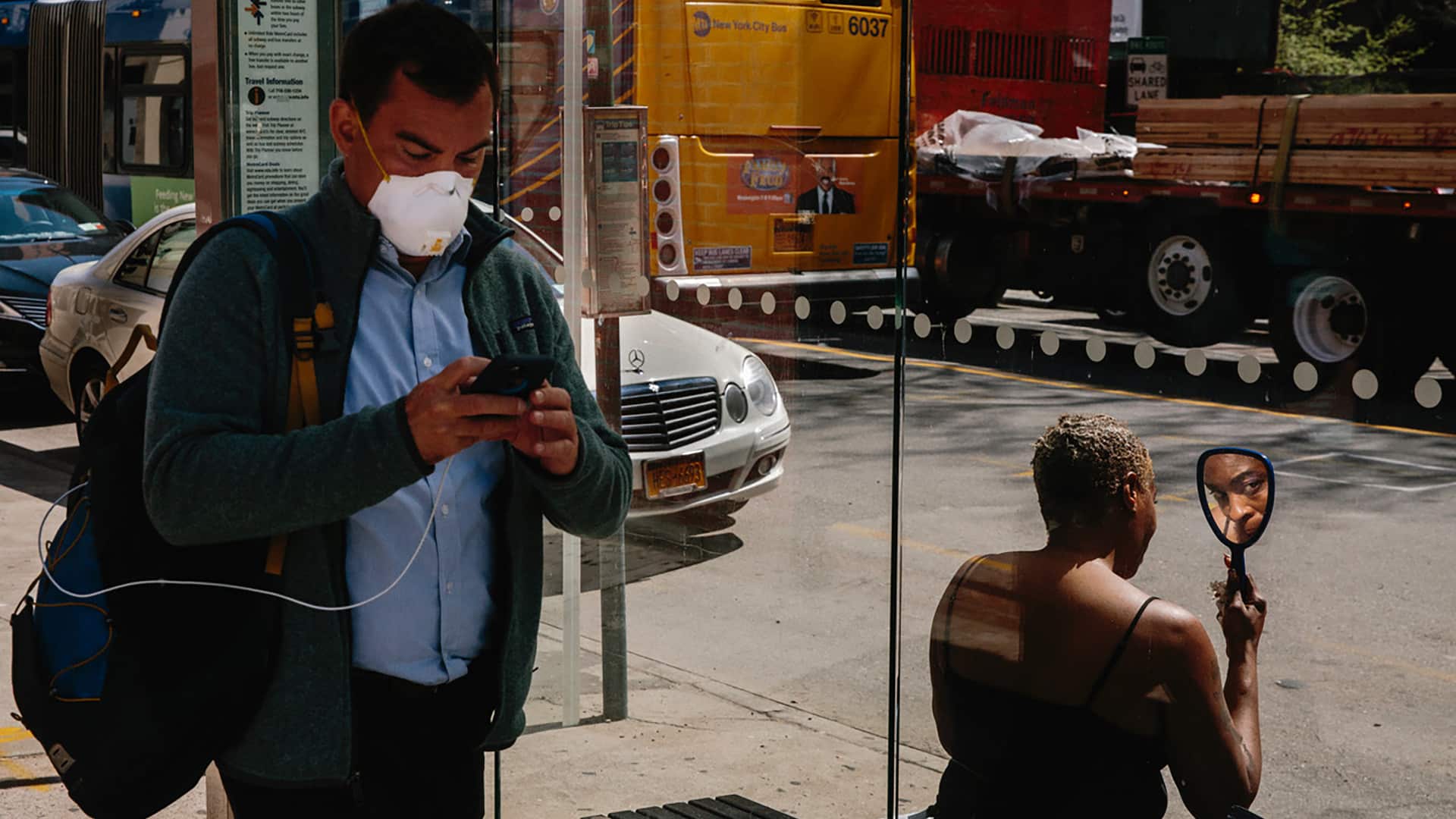Dispatched into the field to cover the health crisis, press photographers are often like first responders in a disaster zone. They share with us their views of the epidemic, discussing everything from safety measures to insights into their job.

You’re getting blind.
Don’t miss the best of visual arts. Subscribe for $9 per month or $108 $90 per year.
Already suscribed ?



